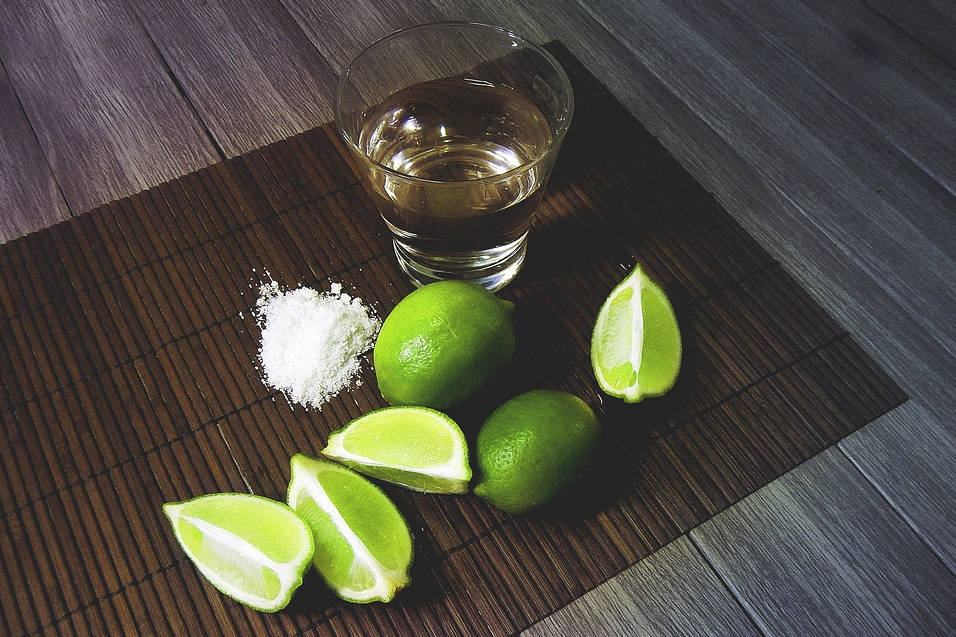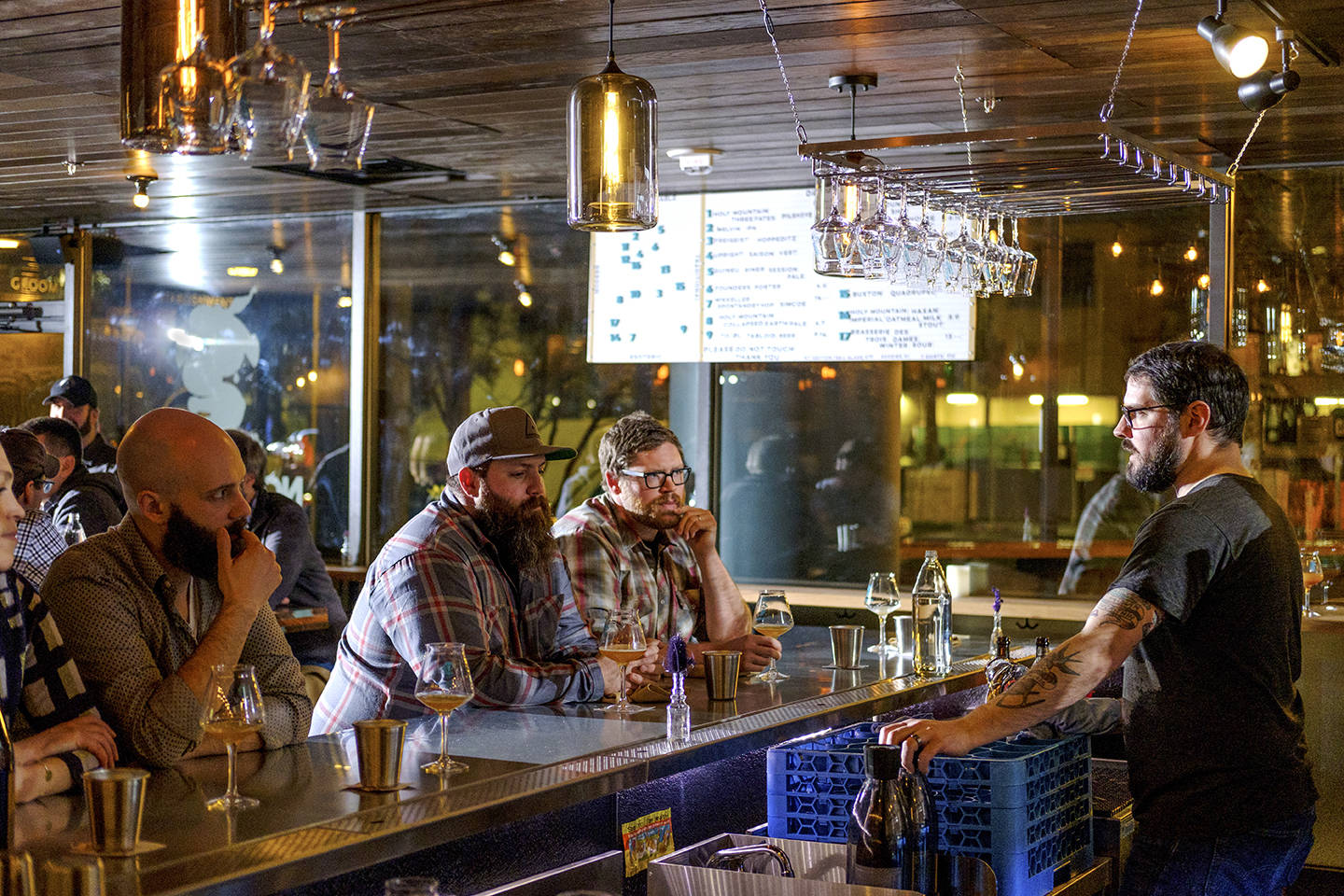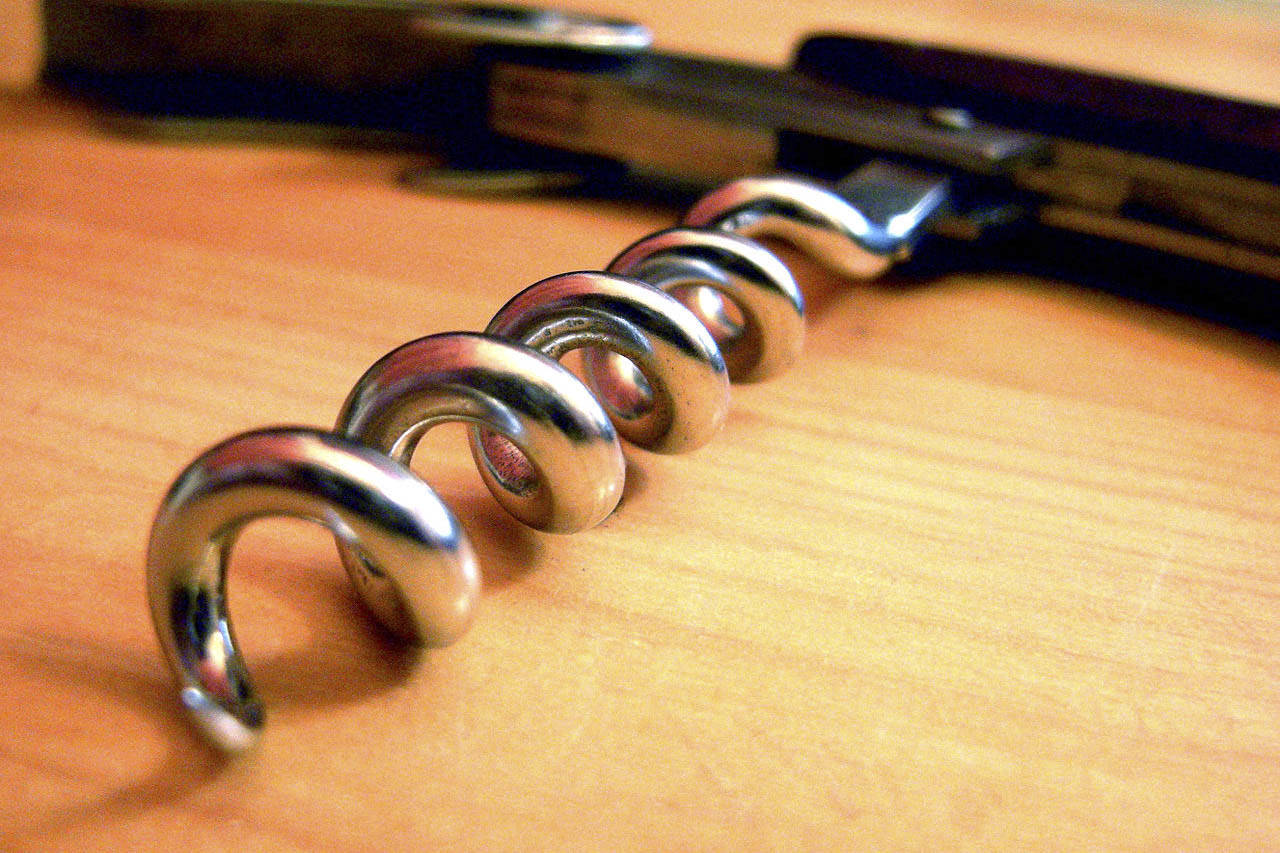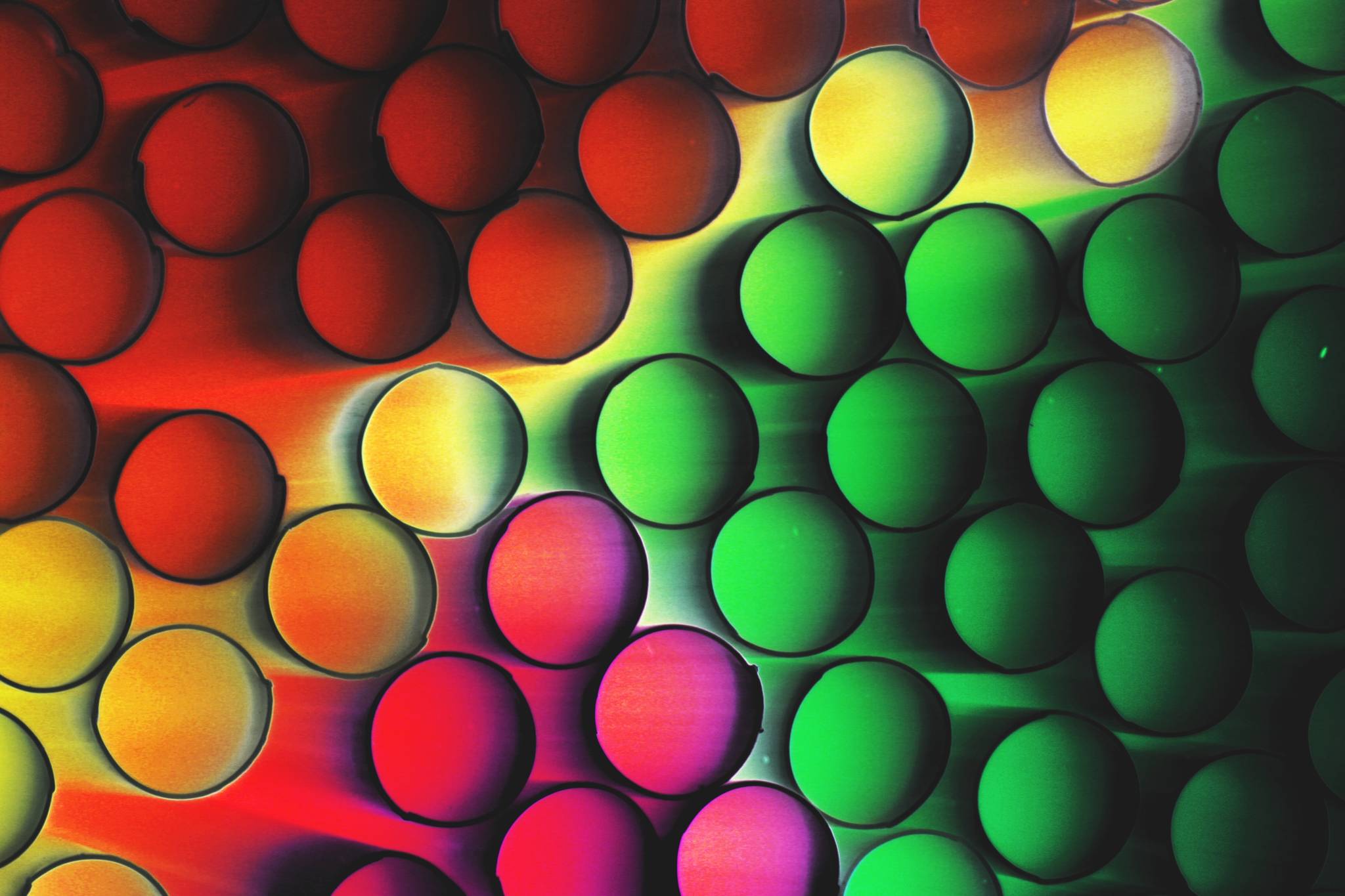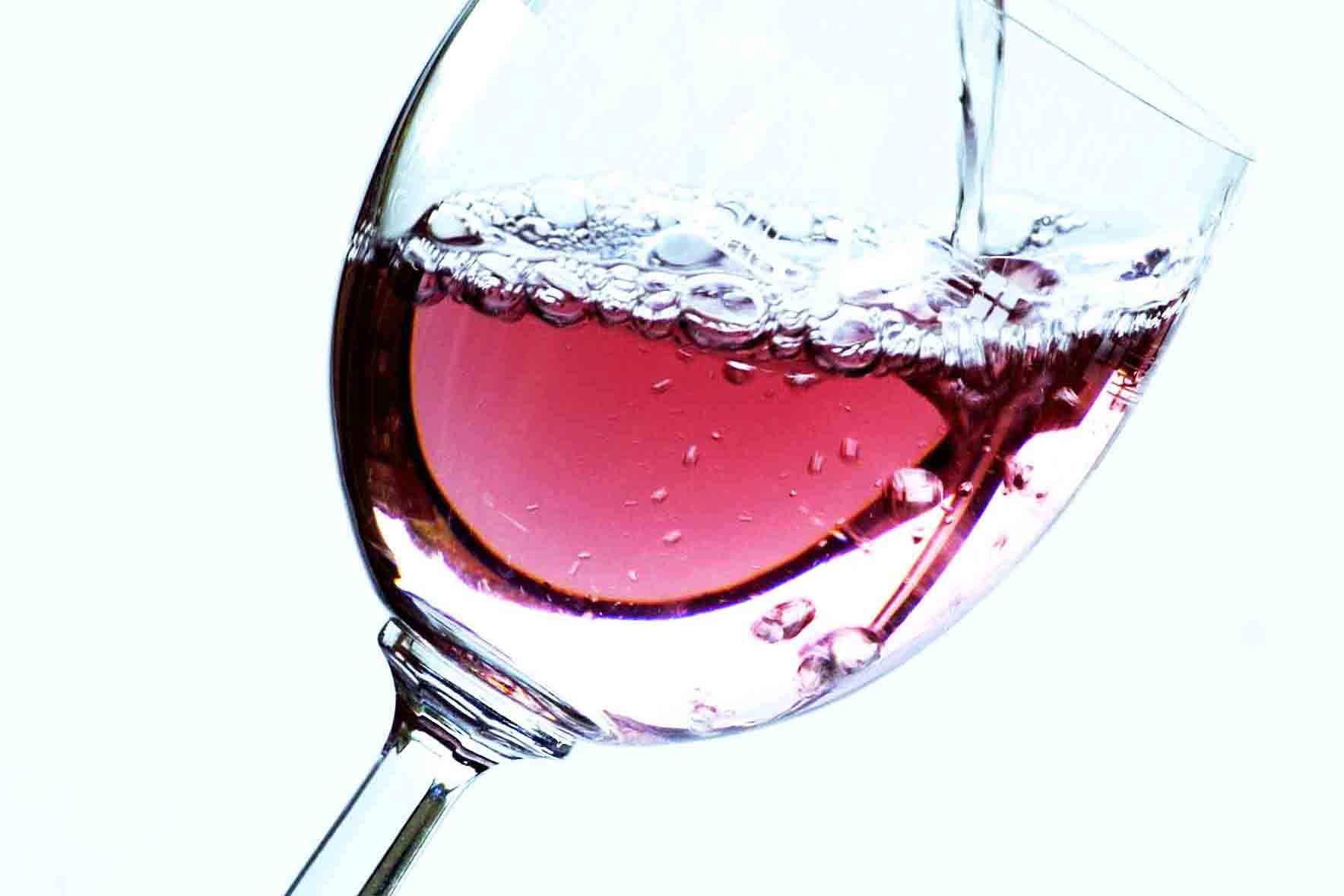If you spend enough time in the beverage world, you will start to wonder if certain drinks will ever have their moment. As a bartender, I always held out hope that certain spirits would reach a broader audience; unfortunately, most of them have yet to find a foothold. Most intriguing to me has been the complicated, confusing trajectory of tequila, mezcal, and other agave spirits. These are all quite popular, yet, paradoxically, that popularity makes them underappreciated.
The undeniable greatness of the margarita is perhaps the prime culprit. When you have such a perfect drink, it’s hard to want to go much beyond variations on that theme. (That’s a shame, of course; while the Manhattan is perhaps the ideal whiskey cocktail, we’d be far worse off if bartenders and drinkers had considered it the be-all, end-all.) The wide variations among agave spirits is another challenge. The differences between a blanco and anejo tequila, or mezcal made from espadin or tobala, can be stark enough that they’ll appeal to very different palates or work in very different cocktails. Parsing that variation can be a considerable task for even a diehard, so it’s no surprise that most drinkers and bartenders lean heavily on the classics.
I like to use lighter styles and less-aged agave spirits as I would gin or white rum; with them you can create some really fascinating and delicious takes on classic cocktails. The more-aged or richer styles require more thought; anejo tequila often works as an alternative to rye whiskey, while smokier or spicy mezcals seem to work best either on their own or as an accent note in a cocktail. You need a range of bottles to play with, though, and unless a bar is focused on that category, their selection is probably lacking.
Distance is also an obstacle, as agave’s homeland, central Mexico, is rather remote from Seattle. I can visit a nearby distillery and learn lots about gin, whiskey, or almost any other spirit, but to learn tequila or mezcal I’d have to go to Mexico. Until recently, the range of agave-based spirits available locally was severely limited as well; even as selection has expanded, the relative scarcity and related high cost make it hard for even interested bartenders and drinkers to learn more.
That’s why events like this past weekend’s Northwest Tequila Fest are so crucial to bringing agave spirits to modern spirits lovers. The chance to sample more than 170 different spirits was a rare delight, but the growing collections at a number of Seattle’s restaurants and bars are there for you to explore on a nightly basis. I learned much of what I know about agave spirits at Capitol Hill’s Barrio, where tequila and mezcal are half-price on Monday nights, but you can undoubtedly get a similar education at places like Mezcaleria de Oaxaca, Poquito’s, or Fonda la Catrina. One day soon we might even see cocktail programs and back bars that offer the range of style and price in agave spirits that they do in gin or whiskey.
barcode@seattleweekly.com
